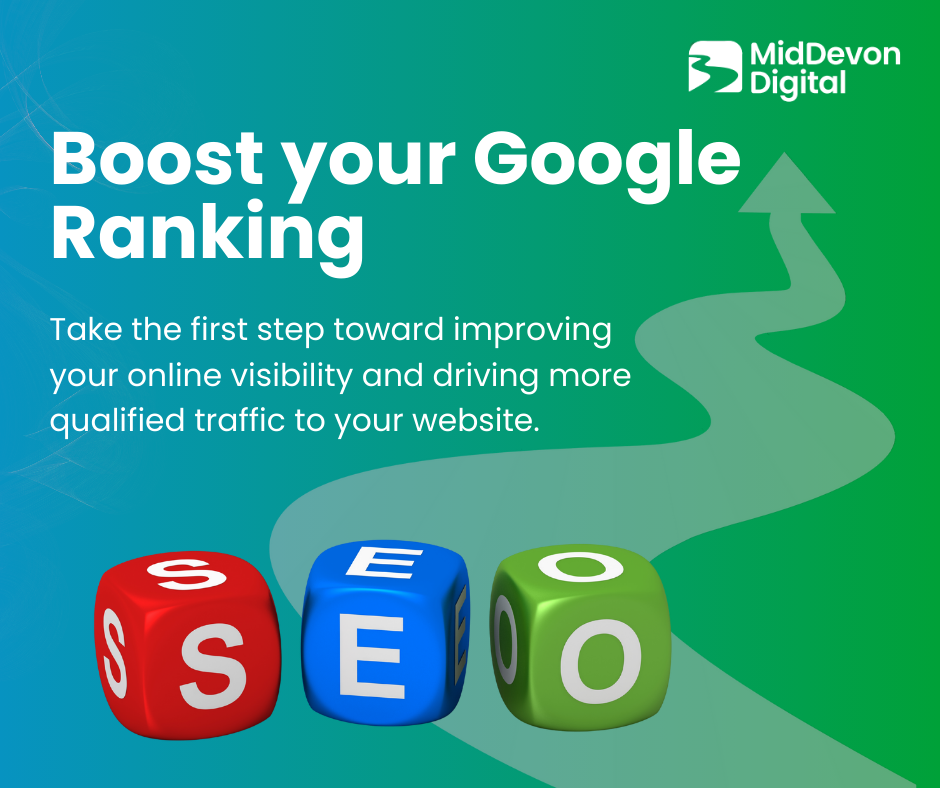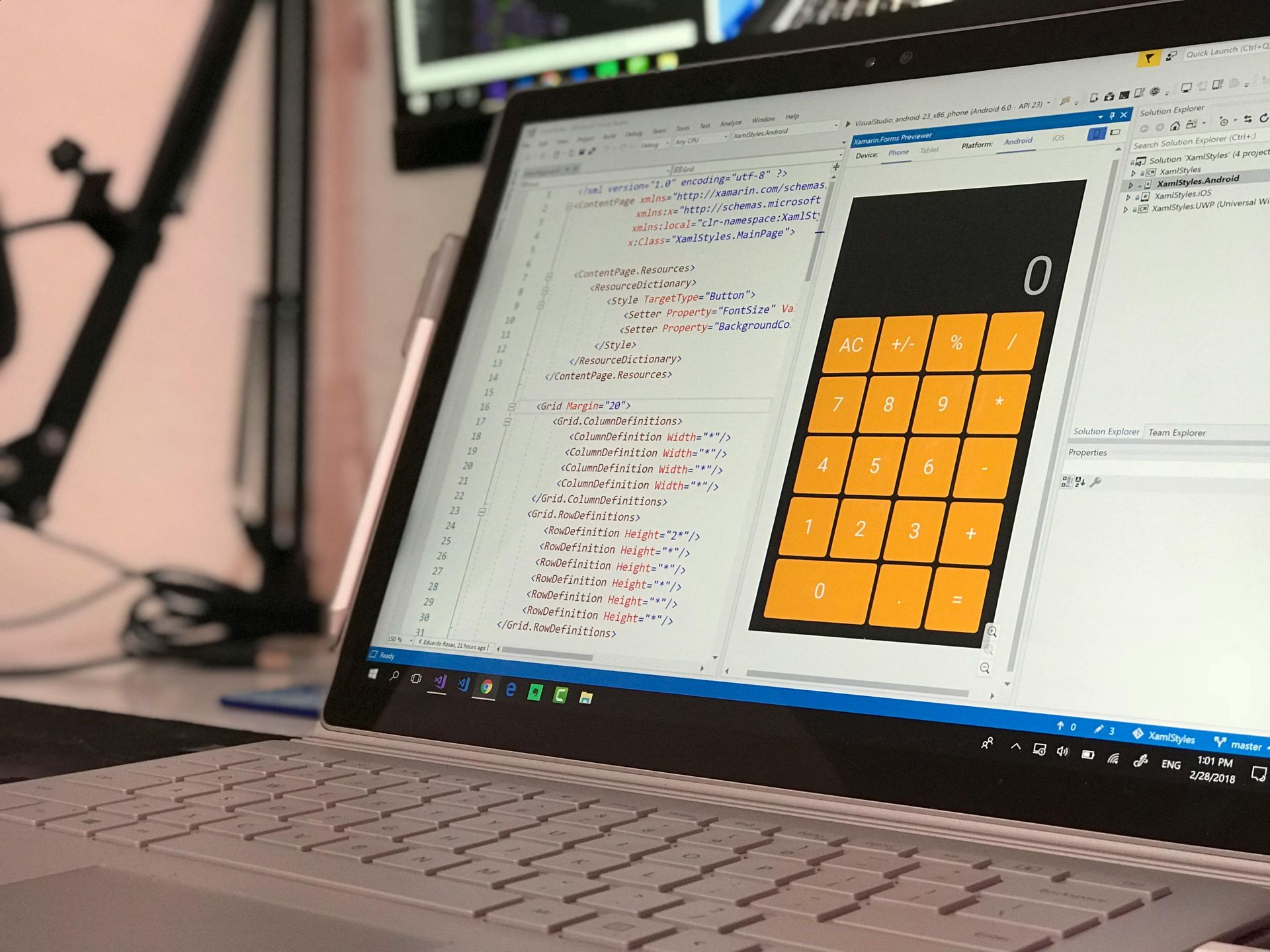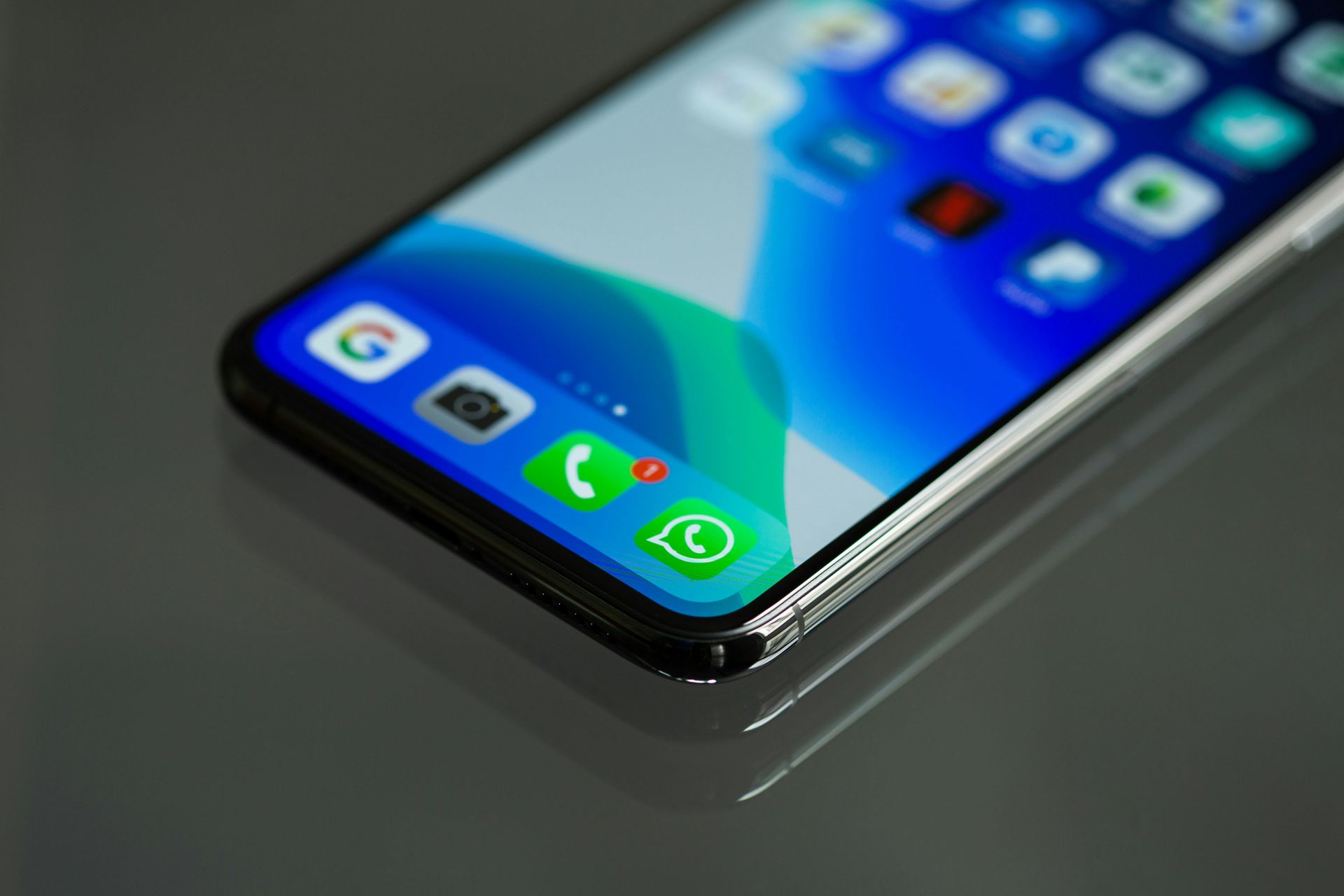Common Mobile-First Indexing Mistakes That Hurt Your Rankings
Common Mobile-First Indexing Mistakes That Hurt Your Rankings
Even with the best intentions, it’s easy for businesses to make mistakes with mobile first indexing.
These issues are often hidden in plain sight, your website might look fine on a desktop, but small errors on mobile can quietly drag down your Google rankings and frustrate potential customers.
Consider this: over 60% of searches now happen on mobile devices, and online transactions jumped by 26.7% last year alone (Statista). With so much business happening on phones, even minor mobile missteps like slow load times or missing content can mean the difference between winning a new customer and losing them to a competitor.
The good news? Most of these problems are preventable with the right approach. Let’s look at the most common pitfalls and how you can avoid them.
1. Slow Mobile Load Times
Speed matters more on mobile than ever. If your site takes too long to load on a phone, visitors will bounce and Google will notice.
How to avoid:
- Compress images and use modern file formats (your site’s CDN should help with this)
- Minimise bulky scripts and plugins
- Use fast, reliable hosting (like the Amazon Cloud hosting included in our packages)
2. Hidden or Missing Content on Mobile
If the mobile version of your site hides important sections or offers less content than the desktop version, Google may not see everything you want to rank for.
How to avoid:
- Make sure all vital content is visible and accessible on mobile
- Avoid hiding text or images just to make your site look “cleaner” on small screens
3. Clunky Navigation and Small Touch Targets
Menus that are hard to tap or links that are too close together frustrate users and can drive them away.
How to avoid:
- Use clear, simple menus that are easy to navigate with a thumb
- Make buttons and links large enough for easy tapping
4. Inconsistent Structured Data
If your desktop and mobile sites use different structured data (like schema markup), Google might get confused about what your site is about.
How to avoid:
- Ensure your structured data is present and consistent on all versions of your site
5. Blocked Resources
Sometimes, images, CSS, or JavaScript files are accidentally blocked from Google’s mobile crawler. This can prevent Google from seeing your site as intended.
How to avoid:
- Check your robots.txt file and make sure nothing essential is blocked
- Use Google Search Console to spot and fix any issues
6. Not Testing on Real Devices
Emulators are helpful, but nothing beats testing your site on actual phones and tablets. What looks fine on a desktop might be broken on mobile.
How to avoid:
- Preview your site on multiple devices and browsers before launch
- Ask friends, colleagues, or customers to try your site and give feedback
How We Help You Avoid These Mistakes
At MidDevon Digital, we build every site with a mobile-first approach, so you don’t have to worry about these common issues. Our process includes:
- Image and video optimization via CDN for fast load times
- Consistent content and structure across all devices
- Real-world testing on multiple mobile devices
- Ongoing support and maintenance to keep your site in top shape
Up Next:
In our final post, we’ll walk you through a simple mobile-first audit you can do today, and when it’s time to call in the experts.
Want to make sure your website isn’t making these mistakes? Contact us for a free mobile audit, or follow our Website Wednesday series for more tips!






